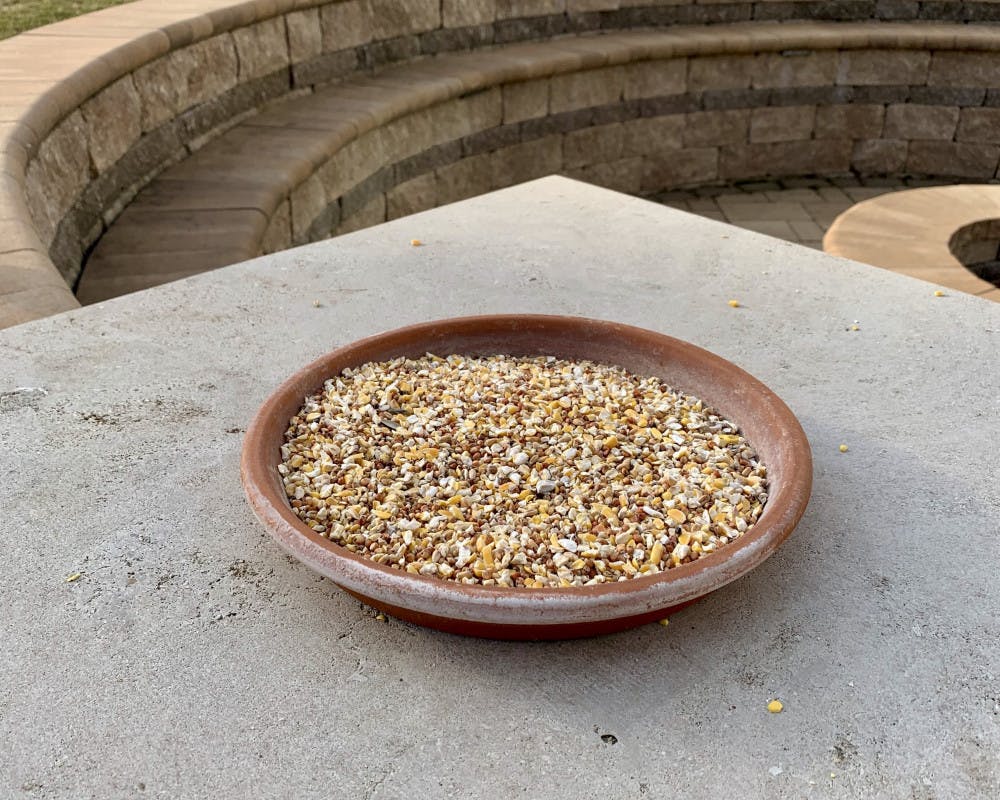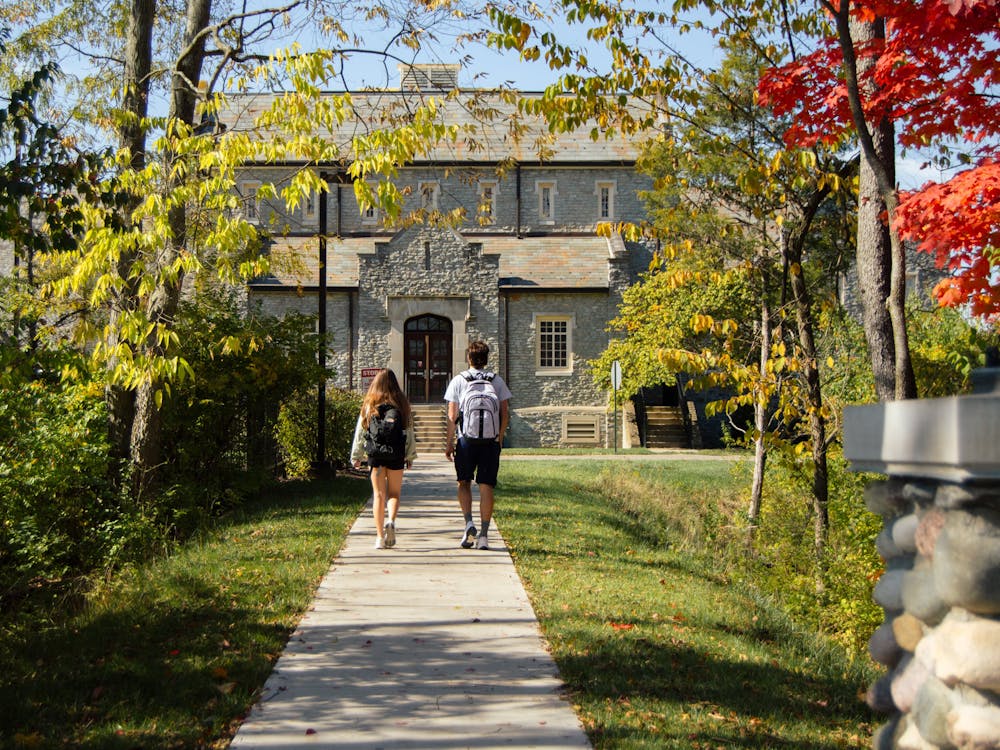By: Gia Mariani
As college students, backyards are usually the least of our worries, especially since many of us either live in apartments or dorms. I know that I for one have been careless about leaving empty cups and such out in my backyard every so often. I didn’t think about how hazardous everyday outdoor items can be to wildlife, though, until I saw a local buck with a bright red hammock wrapped around his head pass through my yard. This incident made me start thinking about how I could make my yard more animal friendly, so here are several tips to make your yard an inviting place for local wildlife:
- Take down hammocks or other items that string between trees because animals can easily get caught and injured in them .
- Have a small water source, such as a birdbath, that can be filled with rainwater. This can be helpful to more than just birds..
- Make a DIY bird feeder! There are so many projects that can be found in a quick Google search that utilize plastic water bottles or other plastic drink bottles.
- Make a toad or frog shelter out of a broken pot. It’s best to use half a terracotta pot for this.
- Plant pollinator friendly and native species in either a flower bed or in some pots. Planting milkweed is great for Monarch butterflies to lay their eggs on.
- Clean up any trash in your yard immediately, even if it isn’t yours. Trash can pose a threat to wildlife as well as your outdoor pets. If you leave your trash can outside, an animal proof trash can might be the best option.
- Avoid using many fertilizers or weed killers.
- Research the best mulch to put down in your landscaping. Some mulches have been known to make dogs severely ill if eaten, so if mulch is necessary, it pays off to do your research beforehand.
- Be informed of the wildlife in your area. This may not seem like much of a tip, but being familiar with the local wildlife will help you understand what they are doing or looking for in your yard.
- Build shelter sources in your yard. This can be anything from a bush to a fallen dead tree, but anything that can give prey animals a safe place can be helpful
- Remove honeysuckle and other invasive plants.
- Add a bat house, which is a small box made out of wood that provides a shelter for bats.
- Keep your cat inside! Giving your cat outdoor enrichment is great, but not when that cat is now a predator that native species aren’t prepared for. Having your cat on a leash or putting them in some sort of tent or crate with netting is a better alternative than having your cat prey on the local bird population.
In suburban areas, it is our job to make safe spaces for animals that may have been previously displaced by construction. It’s understandable that as college students we may not have a yard to do these things in, but knowing how to make our future yards wildlife friendly, and having the knowledge to give older relatives yard suggestions, is a step in the right direction.
Photo courtesy of Gia Mariani.




